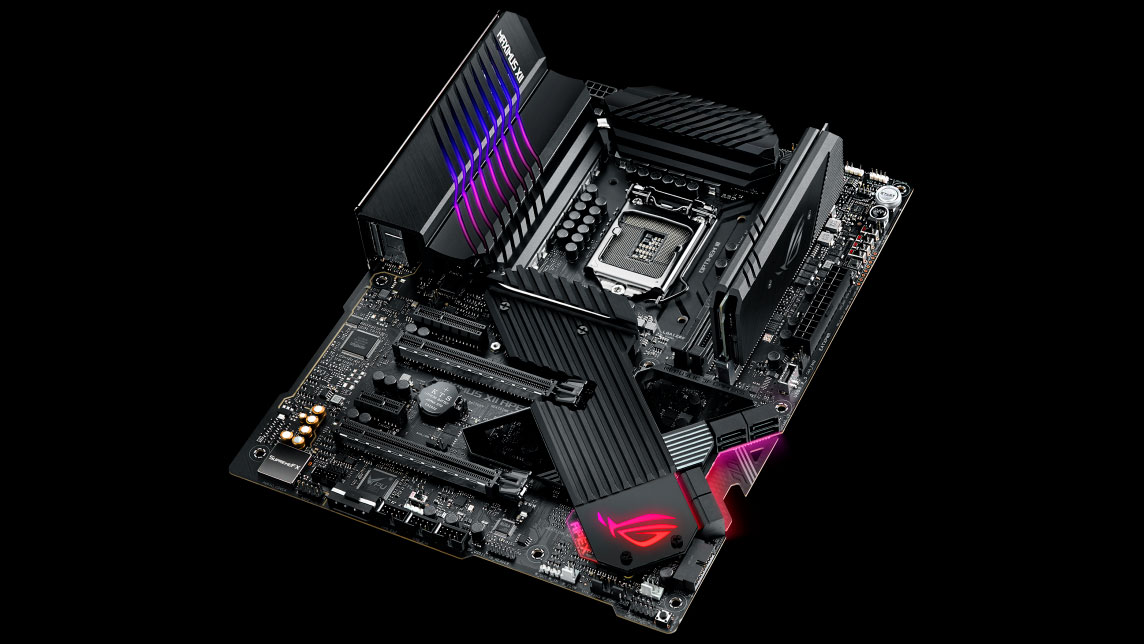Asus Brings Resizable BAR Support to Z490 Motherboards

Resizable BAR (Base Address Register), the technology behind AMD's Smart Access Memory (SAM), isn't exclusive to Ryzen owners anymore. Asus has released an entire wave of new firmwares for various Z490 motherboards that enable the Resizable BAR feature.
The firmware, which sports the 1002 version number, is fresh out of the oven as Asus evidently uploaded it just yesterday. The firmware is currently in the beta stage so there might be some bugs here and there. It also lacks a detailed description of the changes. We can, however, confirm that the 1003 firmware effectively brings support for Resizable BAR, as evidenced by the newly added "Above 4G Decoding" and "Re-Size BAR Support" options in our ROG Maximus XII Apex motherboard's BIOS.
We're not surprised that motherboard vendors are already rolling out Resizable BAR on Intel platforms since the technology is part of the PCIe specification after all. Shocking as it may sound, AMD's engineers are working with both Intel and Nvidia to get the feature working on the latter two's products. It's touching to see companies putting their rivalries and pride aside for the benefit of consumers.
Currently, AMD's Radeon RX 6000 (Big Navi) series are the only graphics cards that support the Resizable BAR technology. Nvidia has already confirmed that Ampere supports the feature but, the chipmaker didn't provide an estimated timeframe on when it will be enabled. At the current stage, it's also uncertain if Asus' Z490 motherboards can now leverage the technology with Big Navi or it's just preparing future support. With AMD, Nvidia and Intel working together, cross-platform compatibility is definitely a possibility.
On AMD's front, Smart Access Memory is exclusive to the company's latest 500-series motherboards, although ASRock has quietly extended it back to previous B450 motherboards too. Nvidia, on the other hand, has said that its equivalent of Smart Access Memory will work on standard PCIe 3.0 interfaces so there shouldn't be any reason why the feature wouldn't work on any motherboard with a PCIe 3.0 slot.
Smart Access Memory isn't a miracle solution, but in the right titles, it can provide a small uplift in performance. Much of Smart Access Memory's recipe remains a secret so we don't know exactly what kind of magic AMD has worked into the technology. What's more interesting will be Nvidia's implementation and whether it can provide the same level of improvements as Smart Access Memory.
Get Tom's Hardware's best news and in-depth reviews, straight to your inbox.

Zhiye Liu is a news editor, memory reviewer, and SSD tester at Tom’s Hardware. Although he loves everything that’s hardware, he has a soft spot for CPUs, GPUs, and RAM.
